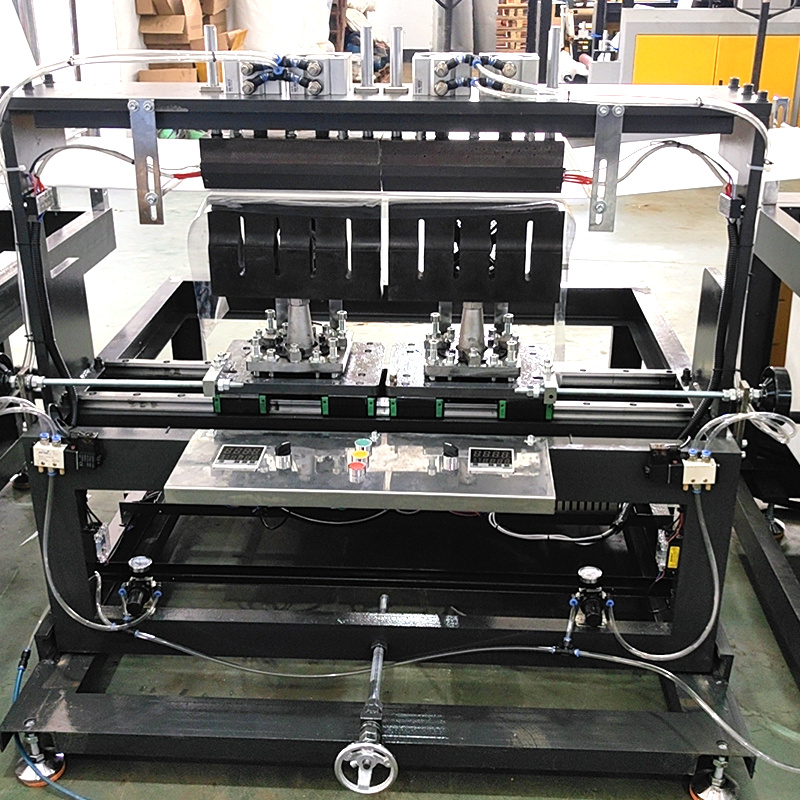Request A Quote

Firstly, the simplified structure reduces the number of complex mechanical transmission systems, thereby decreasing the number of potential failure points. This not only enhances equipment reliability but also makes the maintenance process more straightforward. Operators can quickly locate and repair problems without having to delve into intricate mechanical systems.
Secondly, ultrasonic lace machines typically employ modern materials with high wear and corrosion resistance. These materials excel under high-frequency vibration conditions, extending equipment lifespan and reducing maintenance needs caused by wear and corrosion.
Additionally, many ultrasonic machines adopt a modular design, enabling operators to quickly disassemble and replace specific components. When a module malfunctions, a direct replacement can be made without the need to dismantle the entire machine, greatly improving maintenance efficiency. Furthermore, some machines use standardized, universal components, facilitating quick procurement and replacement, further reducing maintenance costs and time.

Ultrasonic lace machines are also equipped with intelligent monitoring systems that can monitor operating status in real-time and record operational data. When anomalies occur, the system will promptly issue an alert, enabling operators to respond quickly. This real-time monitoring not only improves the responsiveness of maintenance but also achieves predictive maintenance through data analysis, helping to identify potential problems and prevent unexpected failures.
In terms of maintenance procedures, ultrasonic lace machines typically come with detailed maintenance manuals that provide clear operating steps and recommendations, enabling operators to easily perform routine maintenance. Manufacturers also often provide training to help operators understand the equipment's maintenance requirements, thereby improving maintenance skills and reducing errors caused by a lack of knowledge.
The equipment design also considers ease of cleaning. Ultrasonic lace machines typically adopt an open layout, allowing operators to easily access all components for cleaning and inspection. The surfaces of many machines are specially treated to have good anti-fouling properties, preventing the accumulation of impurities and thus affecting machine performance.
Finally, the stability of ultrasonic technology results in a lower frequency of equipment failures during operation, meaning that equipment can operate normally for extended periods, reducing downtime caused by failures. This efficient and reliable operation enables enterprises to focus more on production and innovation, further enhancing their market competitiveness.
Copyright © ChangZhou AoHeng Machinery Co., Ltd. All Rights Reserved

 English
English 中文简体
中文简体 русский
русский Español
Español